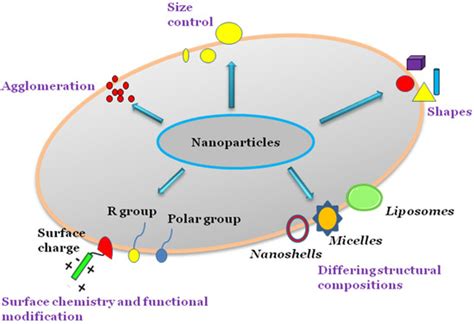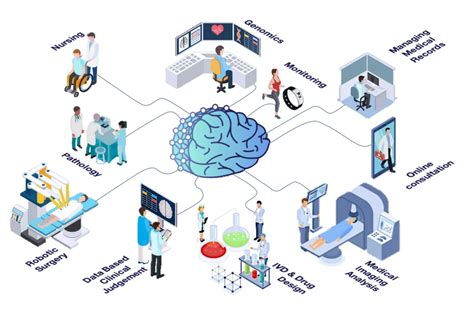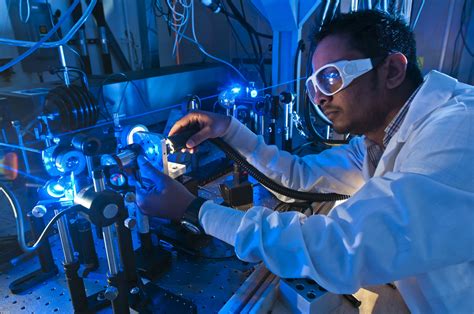Imagine a world where cancer treatment is not only highly effective but also targeted directly at tumors, leaving healthy cells unharmed. This groundbreaking vision is steadily becoming a reality thanks to the innovative work of MIT engineers.
“There’s a lot of promise with the nanoparticle systems we’ve been developing…”
Over the past decade, Institute Professor Paula Hammond and her team have been at the forefront of developing nanoparticles designed to combat cancer. Their research has shown remarkable success in mouse studies, particularly in treating ovarian cancer.
The challenge, however, lies in transitioning these promising findings from the lab to real-world applications for human patients. To address this hurdle, MIT researchers have devised a new manufacturing process that significantly boosts production efficiency while maintaining therapeutic efficacy.
A Game-Changing Manufacturing Technique
In a recent study published in Advanced Functional Materials, senior authors Professors Paula Hammond and Darrell Irvine unveiled an innovative method that streamlines nanoparticle production on a larger scale. This advancement marks a crucial step towards making these cutting-edge treatments accessible to patients worldwide.
Hammond explains, “Ultimately, we need to be able to bring this to a scale where a company is able to manufacture these on a large level.” The goal is clear: revolutionize cancer therapy by mass producing nanoparticles that can precisely deliver potent drugs directly to tumor sites.
From Lab Discovery to Clinical Innovation
The journey began over ten years ago when Hammond’s lab pioneered a technique for constructing nanoparticles with precise architectures using layer-by-layer assembly. Each layer serves a specific purpose – from carrying drug molecules to targeting receptors on cancer cells.
Despite its effectiveness in the lab, the original manufacturing process was time-consuming and impractical for large-scale production. That’s where the latest breakthrough comes into play.
A Smoother Path Towards Clinical Trials
By leveraging microfluidic technology, researchers can now swiftly add polymer layers onto nanoparticles as they flow through specialized channels. This automated approach eliminates the need for manual purification steps after each addition, significantly increasing production efficiency.
“This is a process that can be readily implemented in GMP,” says Ivan Pires PhD ’24. With Good Manufacturing Practice compliance ensured, these nanoparticles are poised for seamless integration into clinical trials and eventual patient care.
Promising Results & Future Prospects
Under this new manufacturing regimen, researchers witnessed impressive outcomes – generating 15 milligrams of nanoparticles within minutes compared to an hour under the previous method. These particles coated with interleukin-12 (IL-12) exhibited similar performance in activating immune responses against ovarian tumors in mice.
Furthermore, these advanced nanoparticles possess an intriguing property – they bind specifically to cancer tissue without infiltrating healthy cells. This unique characteristic not only activates local immune responses within tumors but also holds potential for diverse applications across various cancer types beyond ovarian malignancies.
Moving forward, MIT scientists are actively exploring commercial opportunities through patenting their technology and collaborating with innovation centers like MIT’s Deshpande Center. Funding from esteemed institutions underscores the importance of their work and paves the way for future breakthroughs in cancer treatment.
In conclusion,Pioneering strides made by MIT engineers herald an era where personalized medicine meets cutting-edge nanotechnology – offering hope and healing where it’s needed most.









Leave feedback about this